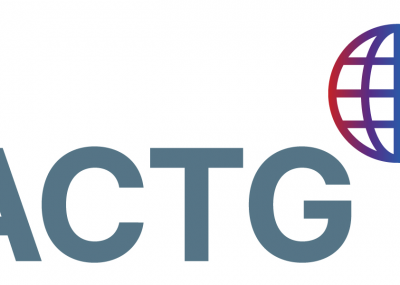Background: There is limited evidence to date about changes to sexual and reproductive health (SRH) during the initial wave of COVID-19 disease. To address this gap, our team organized a multi-country, cross-sectional online survey as part of a global consortium.
Methods: Consortium research teams conducted online surveys in 30 countries. Sampling methods included convenience, online panels, and population-representative. Primary outcomes included sexual behaviors, partner violence, and SRH service utilization, and we compared three months prior to and during policy measures to mitigate COVID-19. We conducted meta-analyses for primary outcomes and graded the certainty of the evidence using Cochrane methods.
Results: Among 4546 respondents with casual partners, condom use stayed the same for 3374 (74.4%) people and 640 (14.1%) people reported a decline. Fewer respondents reported physical or sexual partner violence during COVID-19 measures (1063/15144, 7.0%) compared to the period before COVID-19 measures (1469/15887, 9.3%). COVID-19 measures impeded access to condoms (933/10790, 8.7%), contraceptives (610/8175, 7.5%), and HIV/STI testing (750/1965, 30.7%). Pooled estimates from meta-analysis indicate during COVID-19 measures, 32.3% (95% CI 23.9-42.1) of people needing HIV/STI testing had hindered access, 4.4% (95% CI 3.4-5.4) experienced partner violence, and 5.8% (95% CI 5.4-8.2) decreased casual partner condom use (moderate certainty of evidence for each outcome). Meta-analysis findings were robust in sensitivity analyses that examined country income level, sample size, and sampling strategy.
Conclusions: Open science methods are feasible to organize research studies as part of emergency responses. The initial COVID-19 wave impacted SRH behaviors and access to services across diverse global settings.




